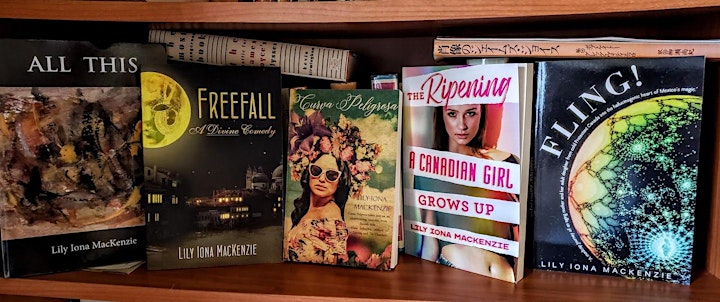 Michael Bourne is the author of Blithedale Canyon, published by Regal House in 2022. He is a long-time contributing editor at Poets & Writers Magazine, and he has written for the New York Times, the Globe & Mail, The Economist, Literary Hub, and Salon. His fiction has appeared in more than a dozen literary magazines including, most recently, december, The Southampton Review, and Tin House. Blithedale Canyon is his first novel. He grew up in Northern California and now lives in Vancouver, Canada, with his wife and son.
Michael Bourne is the author of Blithedale Canyon, published by Regal House in 2022. He is a long-time contributing editor at Poets & Writers Magazine, and he has written for the New York Times, the Globe & Mail, The Economist, Literary Hub, and Salon. His fiction has appeared in more than a dozen literary magazines including, most recently, december, The Southampton Review, and Tin House. Blithedale Canyon is his first novel. He grew up in Northern California and now lives in Vancouver, Canada, with his wife and son.
The Poetry in Dreams
I’ve been thinking a good deal about dreams and the role they play in our lives. I’ve also been thinking about how they relate to poetry. In a recent expository writing class I was teaching, many students admitted having trouble reading poetry. I discussed this difficulty with them. “Why,” I asked, “in a class of twenty literate, intelligent young men and women do only two or three read or write poetry—even occasionally?”
They thought about the question, and then a few raised their hands tentatively; they tried to articulate why poetry was hard for them: “It doesn’t have anything to do with my life,” said a female business major from Hong Kong. “I can’t get it,” said a male psychology major from Philadelphia. “I feel silly saying I read poetry—people think you’re weird if you do,” admitted another young woman from Los Angeles. “They’re too depressing—they always seem to be about sad things,” claimed someone else.
I urged them to give poetry a chance, reminding them that poems are compressed use of language, so they work like instant food: you need to add water before eating it. With poetry, instead of water, you need to bring your full attention, intellect, imagination, and heart. if you do, the poem will open and reveal itself to you.
 I also made a parallel between poetry and dreams, since I believe that both arise from a similar place in the psyche, the more archaic part of ourselves that isn’t available to us except through images and symbols. The psyche seems to be preverbal, though this statement makes it sound as if it can’t make use of language; a better way of putting it may be that the psyche—what Carl Jung called the objective psyche—has existed since the beginning of time, and our individual psyches hook into it. Dreams, poetry, and other art forms communicate from this place, especially if they’re transformative, capable of lifting us out of our ordinary perceptions.
I also made a parallel between poetry and dreams, since I believe that both arise from a similar place in the psyche, the more archaic part of ourselves that isn’t available to us except through images and symbols. The psyche seems to be preverbal, though this statement makes it sound as if it can’t make use of language; a better way of putting it may be that the psyche—what Carl Jung called the objective psyche—has existed since the beginning of time, and our individual psyches hook into it. Dreams, poetry, and other art forms communicate from this place, especially if they’re transformative, capable of lifting us out of our ordinary perceptions.
For people who have no relationship with their dreams, they often seem arcane, nonsensical, strange. But once you’ve become acquainted with how dreams work, you discover that they speak a special language, not unlike the language of poetry: You need to read between the lines, hear the “message” that the dream contains.
But message sounds too much as if both poems and dreams are didactic, intentional creations. A poet doesn’t start out with a message. Rather she has a feeling or image or idea she wants to explore, the poem being a place where she can make new connections between the world, memories, and language. Similarly, dreams take the flotsam of daily life, mix it with memory, desire, and potential new life, and create a coherent symbolic whole.
Yet to “get” a poem or dream, we need to enter it, walk around inside it, rather than examine it from the strong, sometimes harsh light of rational intellect. Of course we need to take our intellect with us, some aspect of it at least; but we descend into the dream or poem in order to “get it.”
In my next post, I’ll talk about the “getting part”!
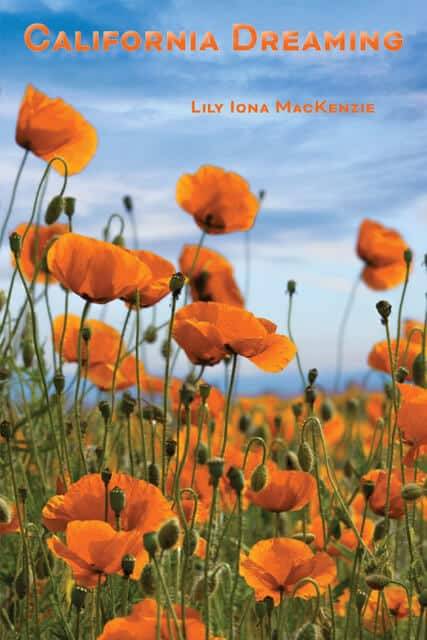
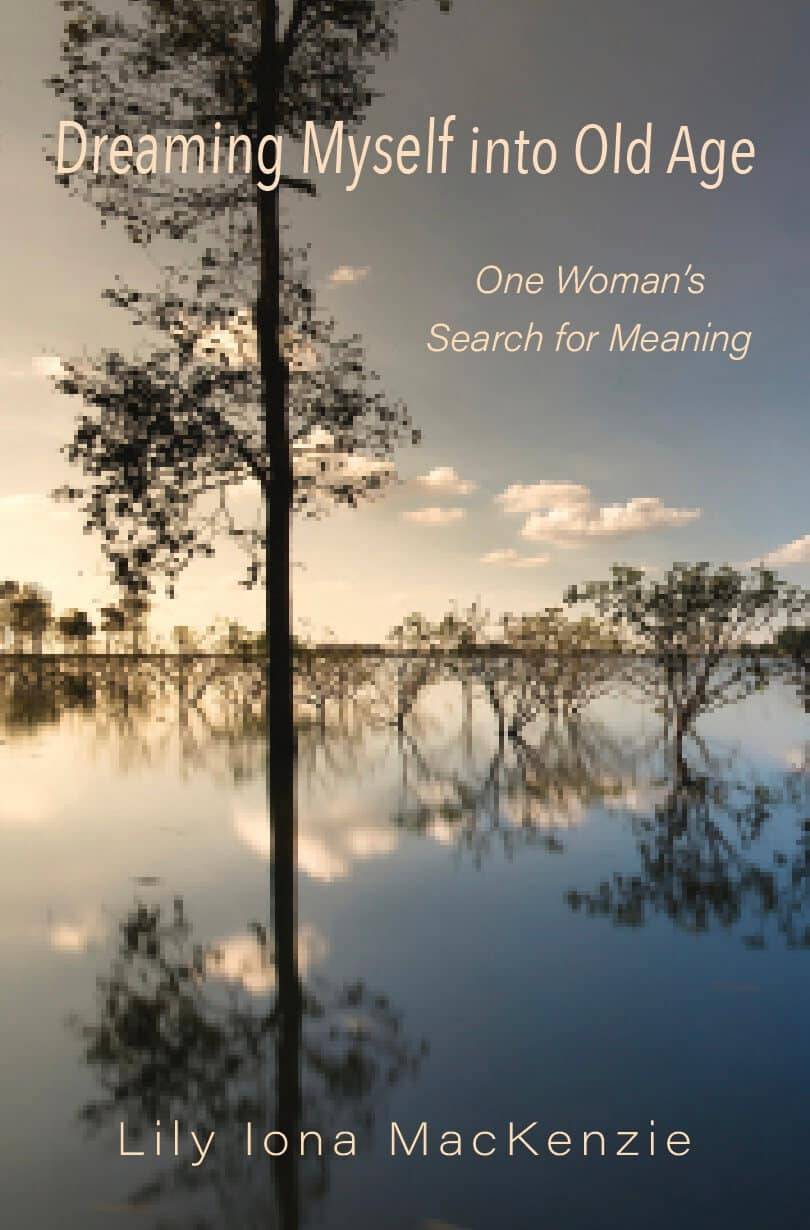
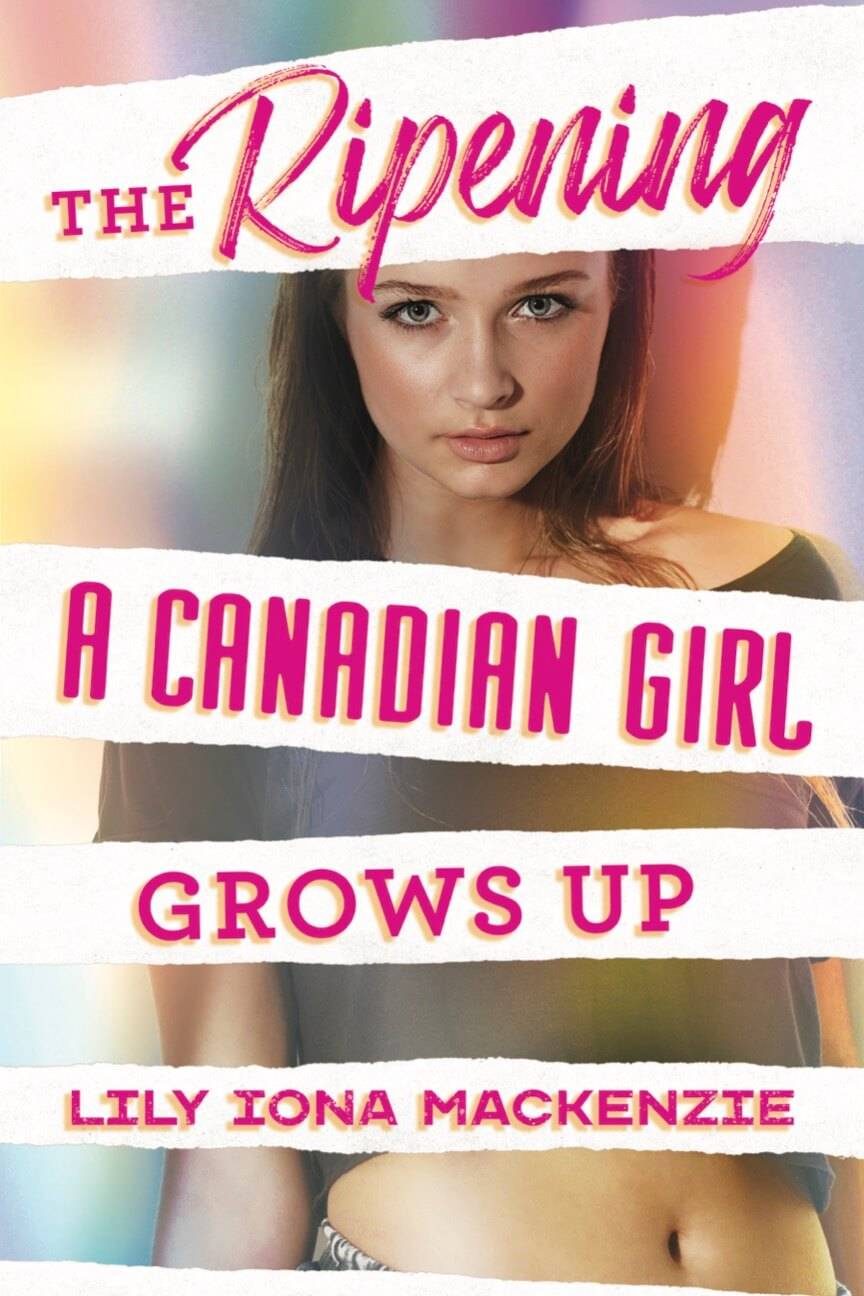
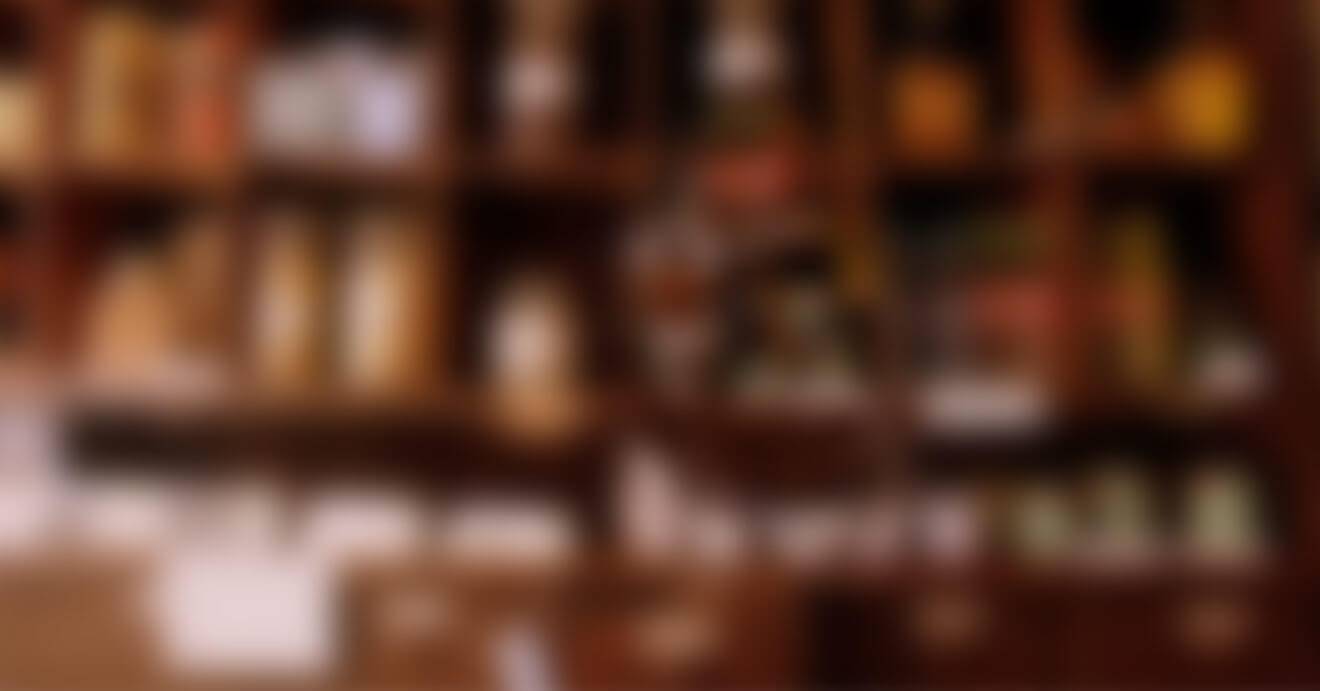
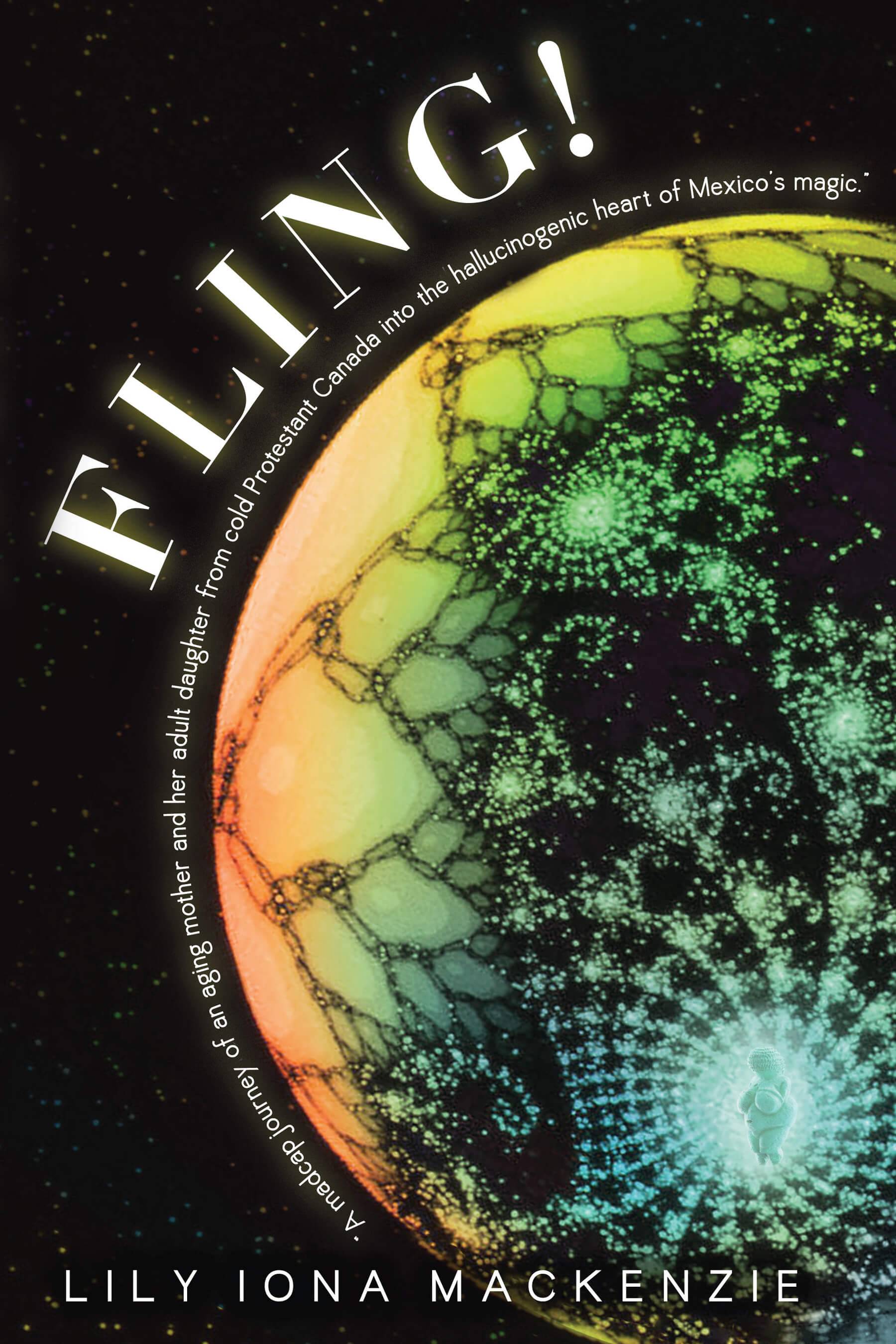





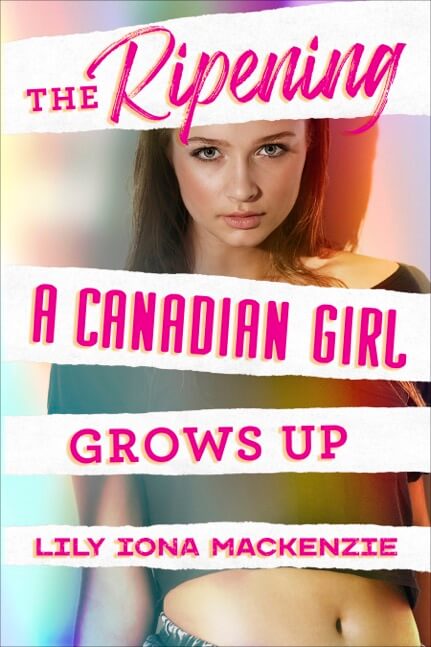

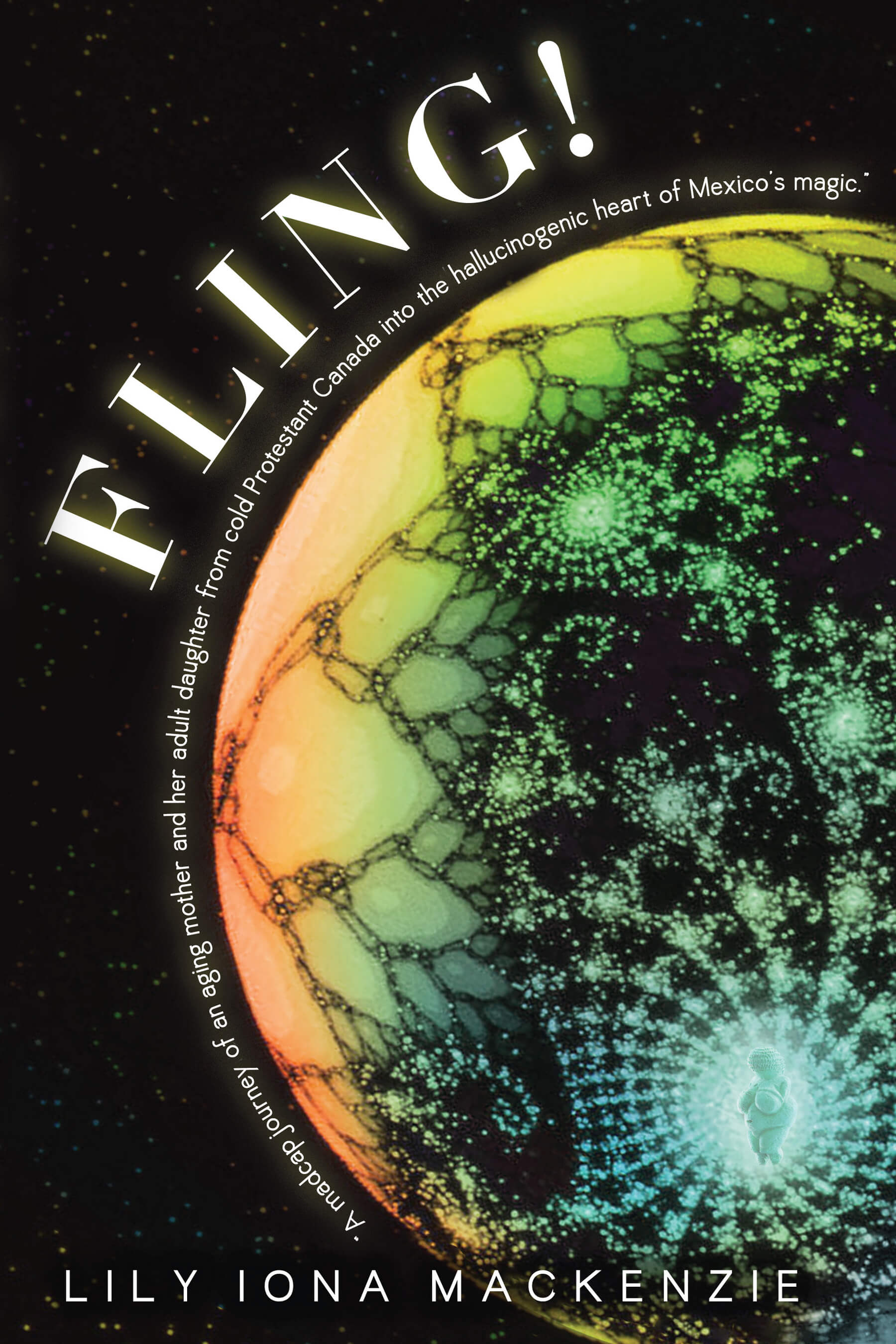
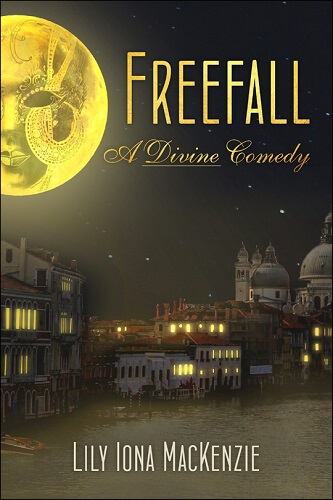
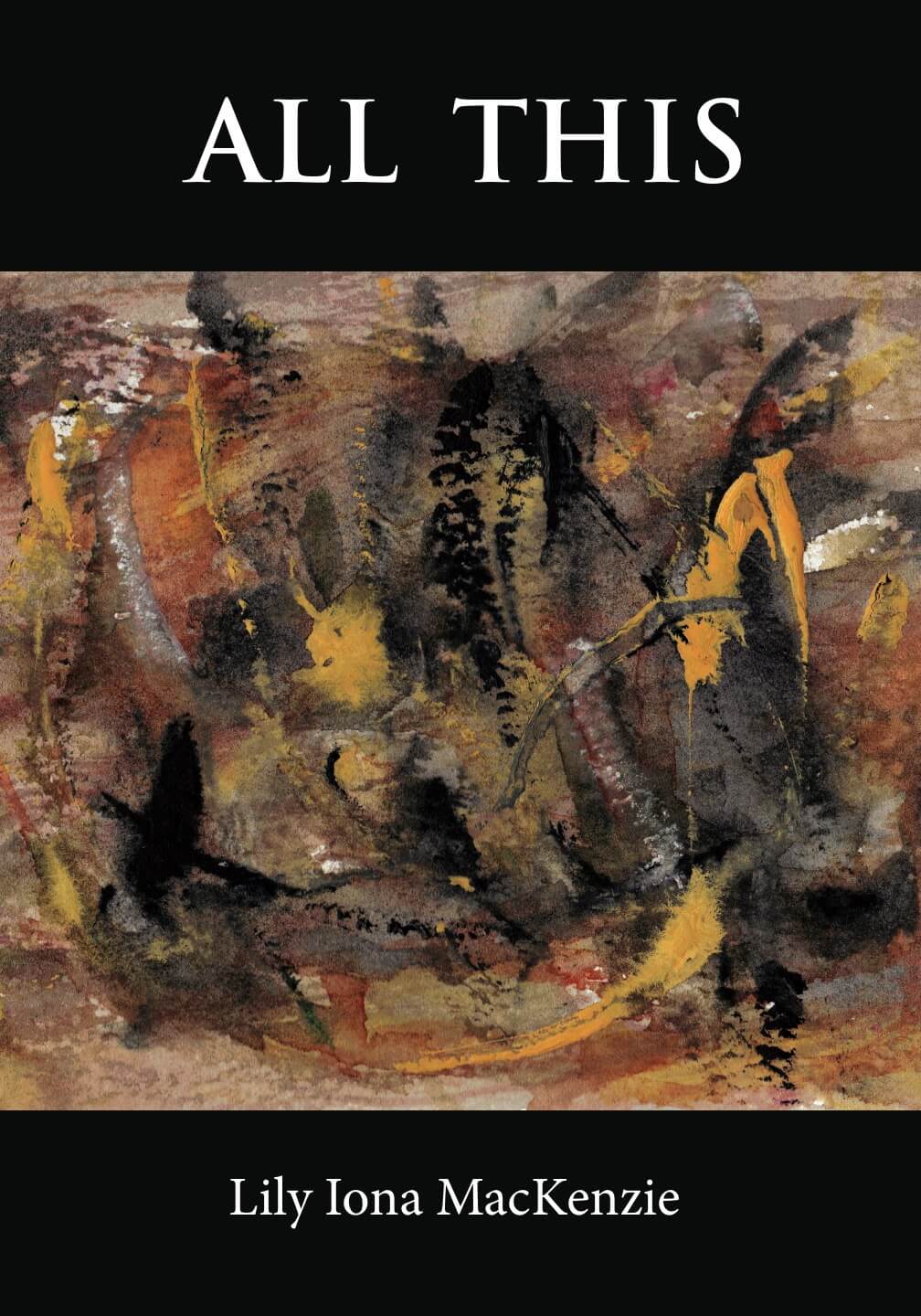
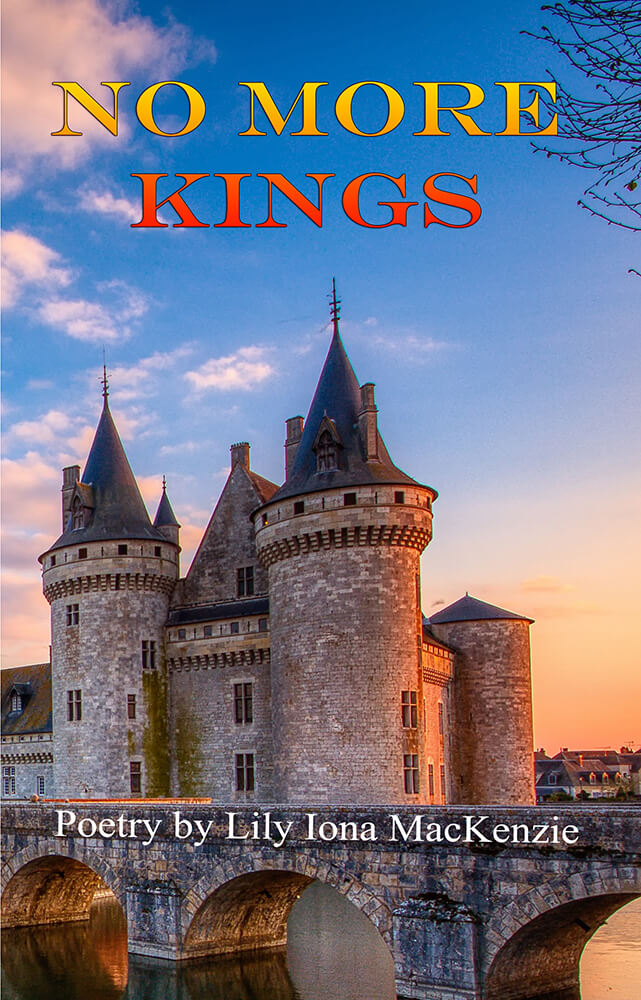
 I was having dinner with friends the other night that had read my novel
I was having dinner with friends the other night that had read my novel  I wish I could get excited about graphic novels. I looked at Maus many years ago and tried to get into it. I couldn’t. I didn’t like having prefab images put my own imagination on hold. I didn’t like the lack of complexity that I enjoy so much in a literary novel (no graphics). It was like watching tv in print. Everything is oversimplified. Reduced to its lowest common denominator.
I wish I could get excited about graphic novels. I looked at Maus many years ago and tried to get into it. I couldn’t. I didn’t like having prefab images put my own imagination on hold. I didn’t like the lack of complexity that I enjoy so much in a literary novel (no graphics). It was like watching tv in print. Everything is oversimplified. Reduced to its lowest common denominator.  Full disclosure: I started this blog so I would have a “writer’s platform” I could show agents and potential publishers. But it doesn’t come without a cost, and that is one’s privacy.
Full disclosure: I started this blog so I would have a “writer’s platform” I could show agents and potential publishers. But it doesn’t come without a cost, and that is one’s privacy. Evonne Marzouk is an inspirational public speaker and author of
Evonne Marzouk is an inspirational public speaker and author of 
 From inside my study, one wall book-lined, the other holding a large mirror that makes the room appear bigger, I sit on the loveseat, listening to Strauss and the waterfall powered by a tiny electric pump. When I’m home, I turn it on, the sound of water like a heart beat in this house, a tangible reminder of what usually is invisible, at least to waking life—water for me representing the unconscious and all that lives there. It also is the source of the books I’ve written, the muse that continues to inspire me to write, daily.
From inside my study, one wall book-lined, the other holding a large mirror that makes the room appear bigger, I sit on the loveseat, listening to Strauss and the waterfall powered by a tiny electric pump. When I’m home, I turn it on, the sound of water like a heart beat in this house, a tangible reminder of what usually is invisible, at least to waking life—water for me representing the unconscious and all that lives there. It also is the source of the books I’ve written, the muse that continues to inspire me to write, daily.  Fiction writers have been called many things, but magician seems the best description. They dip into the black hat of their imagination and produce an endless variety of characters, situations, images, genres, events, and styles. The effect on readers is nothing less than magical, the reader also becoming a conjurer, assisting in making visible what wasn’t there before.
Fiction writers have been called many things, but magician seems the best description. They dip into the black hat of their imagination and produce an endless variety of characters, situations, images, genres, events, and styles. The effect on readers is nothing less than magical, the reader also becoming a conjurer, assisting in making visible what wasn’t there before.  Tony Flood spent most of his working life as a journalist, initially on local and regional papers and then on nationals. He was also editor of ‘Football Monthly’, Controller of Information at Sky Television and enjoyed a spell with ‘The People’ before retiring in 2010. In his celebrity book My Life With The Stars, Tony recalls: “My work
Tony Flood spent most of his working life as a journalist, initially on local and regional papers and then on nationals. He was also editor of ‘Football Monthly’, Controller of Information at Sky Television and enjoyed a spell with ‘The People’ before retiring in 2010. In his celebrity book My Life With The Stars, Tony recalls: “My work
 At the beginning of 2012, in my seventy-second year, I decided to return to analysis so I could explore my concerns about aging and dying. Fortunately, I found Dr. Y, a Jungian analyst who takes Medicare, freeing me to explore my new terrain—old age—without depleting our savings. Dr. Y is a psychiatrist who merges the rational world of science with C. G. Jung’s more esoteric ideas about the psyche. I have feasted on Jung from the time I first discovered his writing in my late twenties. For me, his more mystical aspect overshadowed the scientist. I love how he evokes the multiplicity of things—the magic, the mystery, the many levels to reality including the mythic part. Of course, dreams inhabit the mythic dimension, and I view them as communications from a part of myself that knows more about me than my conscious ego does.
At the beginning of 2012, in my seventy-second year, I decided to return to analysis so I could explore my concerns about aging and dying. Fortunately, I found Dr. Y, a Jungian analyst who takes Medicare, freeing me to explore my new terrain—old age—without depleting our savings. Dr. Y is a psychiatrist who merges the rational world of science with C. G. Jung’s more esoteric ideas about the psyche. I have feasted on Jung from the time I first discovered his writing in my late twenties. For me, his more mystical aspect overshadowed the scientist. I love how he evokes the multiplicity of things—the magic, the mystery, the many levels to reality including the mythic part. Of course, dreams inhabit the mythic dimension, and I view them as communications from a part of myself that knows more about me than my conscious ego does. 
 I’m thinking today of timing—how important it is to success. Timing and perseverance: the two go together. I’m also noticing the seasonal aspect of creativity, how cyclic it is. That too is hard to grasp. I want it all the time. I’m afraid if it isn’t there, it won’t return. But I need to remember that if I pursue my creative impulses, and if they’re in accordance with my abilities, then there will be success. Maybe not financially, though that would be nice. But I’ll experience the satisfaction of achieving what I’m capable of.
I’m thinking today of timing—how important it is to success. Timing and perseverance: the two go together. I’m also noticing the seasonal aspect of creativity, how cyclic it is. That too is hard to grasp. I want it all the time. I’m afraid if it isn’t there, it won’t return. But I need to remember that if I pursue my creative impulses, and if they’re in accordance with my abilities, then there will be success. Maybe not financially, though that would be nice. But I’ll experience the satisfaction of achieving what I’m capable of.  My novel
My novel
 With two new books being published by Shanti Arts, and wondering how best to market them, I’ve been thinking about book festivals I’ve participated in. I realize that, while these events are great for focusing on the many book genres available, I also have concluded that I probably won’t attend one again. A few years ago, I signed up for the Bay Area Book Festival in Berkeley, a relatively new venue at the time. Its first session was in 2015, and it claims to be an international event that draws people from all over the world: “More than 50,000 diverse people of all ages, from urban to suburban Bay Area communities and beyond.”
With two new books being published by Shanti Arts, and wondering how best to market them, I’ve been thinking about book festivals I’ve participated in. I realize that, while these events are great for focusing on the many book genres available, I also have concluded that I probably won’t attend one again. A few years ago, I signed up for the Bay Area Book Festival in Berkeley, a relatively new venue at the time. Its first session was in 2015, and it claims to be an international event that draws people from all over the world: “More than 50,000 diverse people of all ages, from urban to suburban Bay Area communities and beyond.” 
